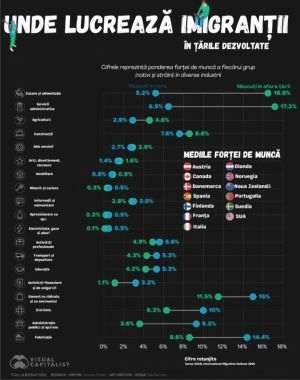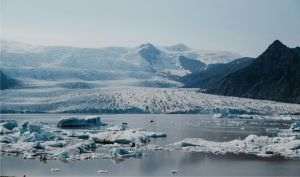Climate change is causing significant concern. The planet is genuinely threatened, say more and more people, but the statement holds more weight when it comes from experts. A new report from the Institute for Environment and Human Security at the United Nations University (UNU-EHS) warns of six threats that could destabilize essential human life systems. The report, titled "Interconnected Disaster Risks," identifies six areas of concern: accelerated species extinction, groundwater depletion, mountain glacier melting, space debris, unbearable heat, and an uninsured future.
The concept of a climate "tipping point" is regularly used by scientists, with the melting of the Greenland ice sheet or the situation in the Amazon rainforest being examples. This new report proposes the creation of a new category called "risk tipping points," which focuses on the interaction between nature and human-built systems, such as water and food supply systems. "By harming nature and biodiversity, by polluting both Earth and space, we are dangerously moving closer to more risk tipping points that could destroy the systems on which our lives depend," said Zita Sebesvari, the lead author of the report. Such a tipping point is reached when a system can no longer buffer risks and fulfill its expected functions, according to the authors. "Our actions endanger these crucial buffering capacities we urgently depend on," Sebesvari added. Severe droughts, floods, and hurricanes in recent years have made this clear, she notes.
The analysis warns of certain threats that are already frequently discussed, such as glacier melting, which endangers water supply, or the disappearance of animal species that play a crucial role in their ecosystems. However, the analysis also highlights some less commonly mentioned risks in the context of climate discussions. One of these is the accumulation of space debris, threatening to create a chain of collisions that could render Earth's orbit unusable for our satellites, many of which serve to warn us of meteorological disasters. Another is the threat to the insurance system: as disasters increase, their prices rise, and some insurers even withdraw from certain areas, leaving people without a safety net. Another risk is the depletion of groundwater, primarily used in agriculture to compensate for water shortages during droughts. In Saudi Arabia, these water resources are already depleted, the report notes, and India is also nearing a tipping point.
The authors also propose a new approach to analyzing possible responses to these crises by classifying them into two categories: solutions that aim to avoid the root causes of the problem and those for adapting to inevitable changes. Each of these solutions can be part of the existing system or attempt to transform it. For example, in the face of rising temperatures, installing air conditioning units is a system adaptation solution, while reducing greenhouse gas emissions aims to transform the system, targeting the root cause of the problem. According to the report, current solutions mainly focus on delaying tipping points rather than reinventing how systems operate.






























































